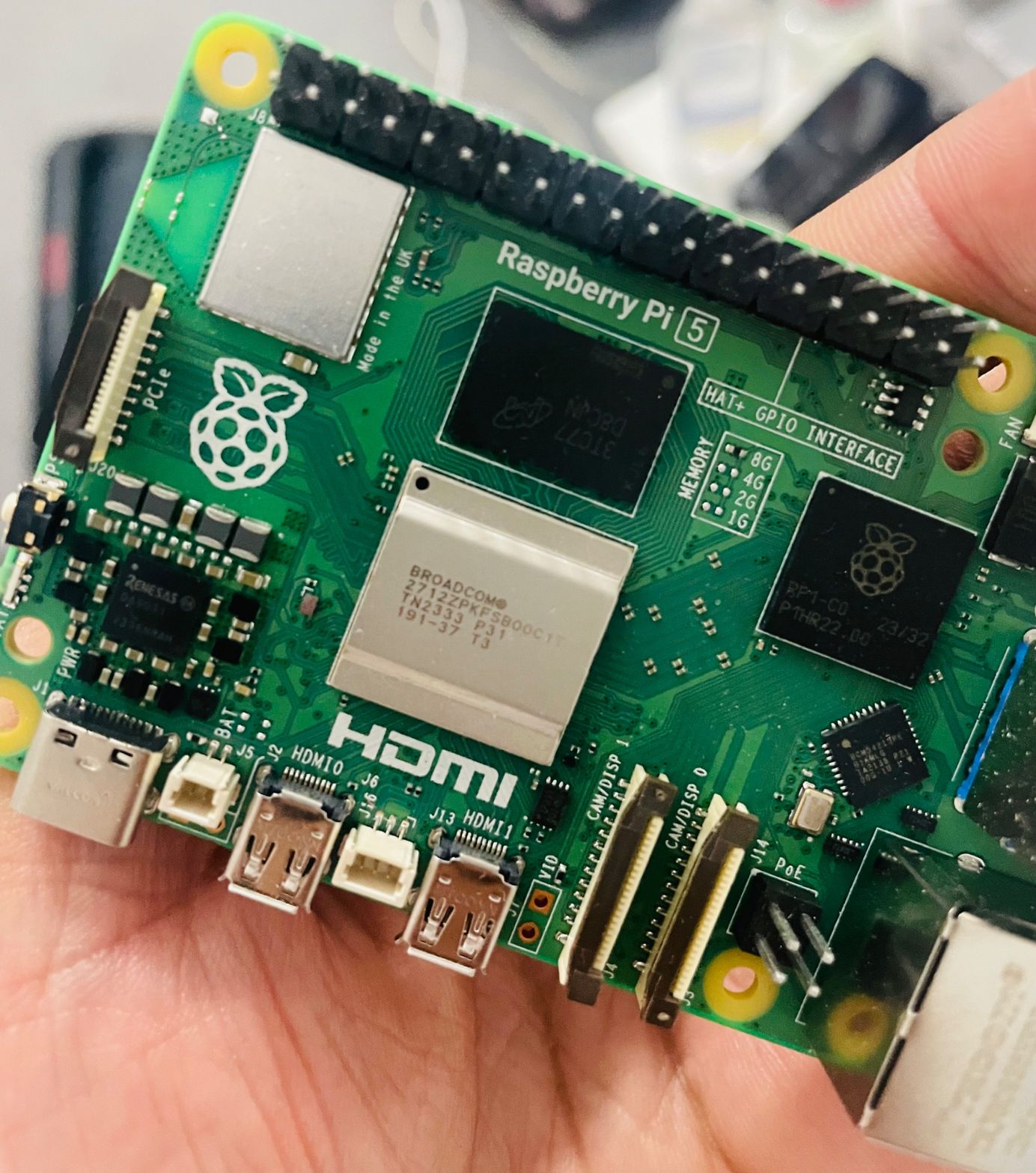
Open Sourcing wasmCloud-operator: A Step Towards Community-Driven Innovation in Kubernetes and WebAssembly
Cosmonic's recent open-sourcing of its Kubernetes operator, the wasmCloud-operator, to the Cloud Native Computing Foundation (CNCF) wasmCloud ecosystem marks a significant step in expanding access to the benefits of WebAssembly (Wasm) in Kubernetes environments. As demand grows for open and community-driven approaches, the wasmCloud-operator empowers Kubernetes practitioners with

How to Checkout Git Tags
Version control systems like Git provide developers powerful tools to manage codebases effectively. One essential feature of Git is the ability to create tags, which refer to specific points in your project's repository history. Tags are commonly used to mark releases, milestones, or significant changes in the codebase,

Hypershield: Cisco's AI-Powered Cloud Security Shakes Up the DevOps World
In a major development, Cisco has unveiled Cisco Hypershield, a pioneering approach to securing data centers and clouds in response to the escalating demands of the AI revolution on IT infrastructure. This innovative solution harnesses and protects AI and modern workloads like never before. Cisco Hypershield is an industry-first security

What Is Amazon Resource Name (ARN)?
AWS has many services and resources ranging from EC2 instances to S3 buckets, and you can have multiple instances for each resource. In a scenario where you need to identify a specific resource, it is only logical to have a unique ID for each resource. Well, there is, and it&

First Multi-Cloud Native OSS Platform for Telco Industry?
Blue Planet, a division of Ciena — A global leader in networking systems, recently launched a major enhancement to its intelligent automation software portfolio with the first-of-its-kind Blue Planet Cloud Native Platform. Leveraging Kubernetes, this new platform will allow Communications Service Providers (CSPs) to support multiple modular Operating Support System (OSS)

Choosing the Right Tool for Your Local Kubernetes Development Environment
Imagine you're trying to set up a Kubernetes cluster on your local machine to test a new feature before you deploy it to a production environment. You aim to make this local environment as close to the production environment as possible. A minimal production cluster would require at

Step-by-Step Guide: Creating a Kubernetes Cluster on Raspberry Pi 5 with K3s
I recently purchased two new Raspberry Pi 5 boards, and to test out the power of these miniature computers, I decided to explore setting up a Kubernetes cluster on them. In this article, I will guide you through the process of creating your own Kubernetes cluster on Raspberry Pi 5

Quick Installation of Minikube on an Ubuntu Server
In a production environment, a Kubernetes cluster usually consists of at least two master and multiple worker nodes. That means you'll need at least five virtual or physical machines for your production cluster. Setting up a full-scale cluster to test new features quickly or learn about new concepts


